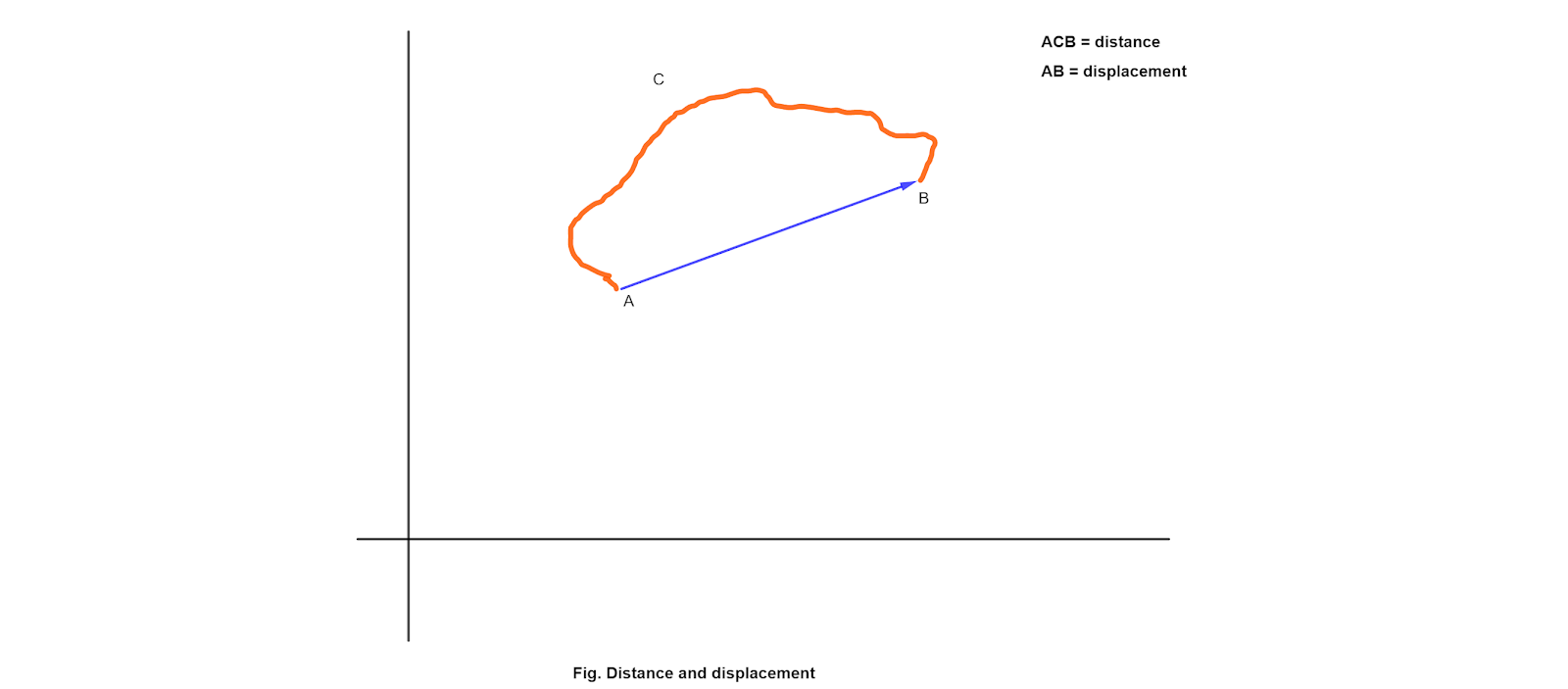Hello Students, go through these tips and follow all of them to grab the good marks in your board exams. 1. Time management: One of the most important thing in student life is time management skill. Make your daily routine charts and follow it regularly. Most of the students make the daily chart, paste it on their walls and go through it seriously for some days. This will not help! You should be determined and follow the routines everyday. Short naps during daytime might help boost your concentration. Before going to bed, summarize every topics(on your mind) you have gone through in a whole day. 2. Have good food and drink lots of water: Consume the proper healthy diet, juice and water which are sources of high energy and protein. This will help the fast processing of your brain and helps you memorize what you studied. Proteins(meat, fish, eggs, poultry, legumes,dried beans, diary products, etc.) , anti-oxidants(fruits and vegetables), omega 3(eggs, chicken, oily fish, et





